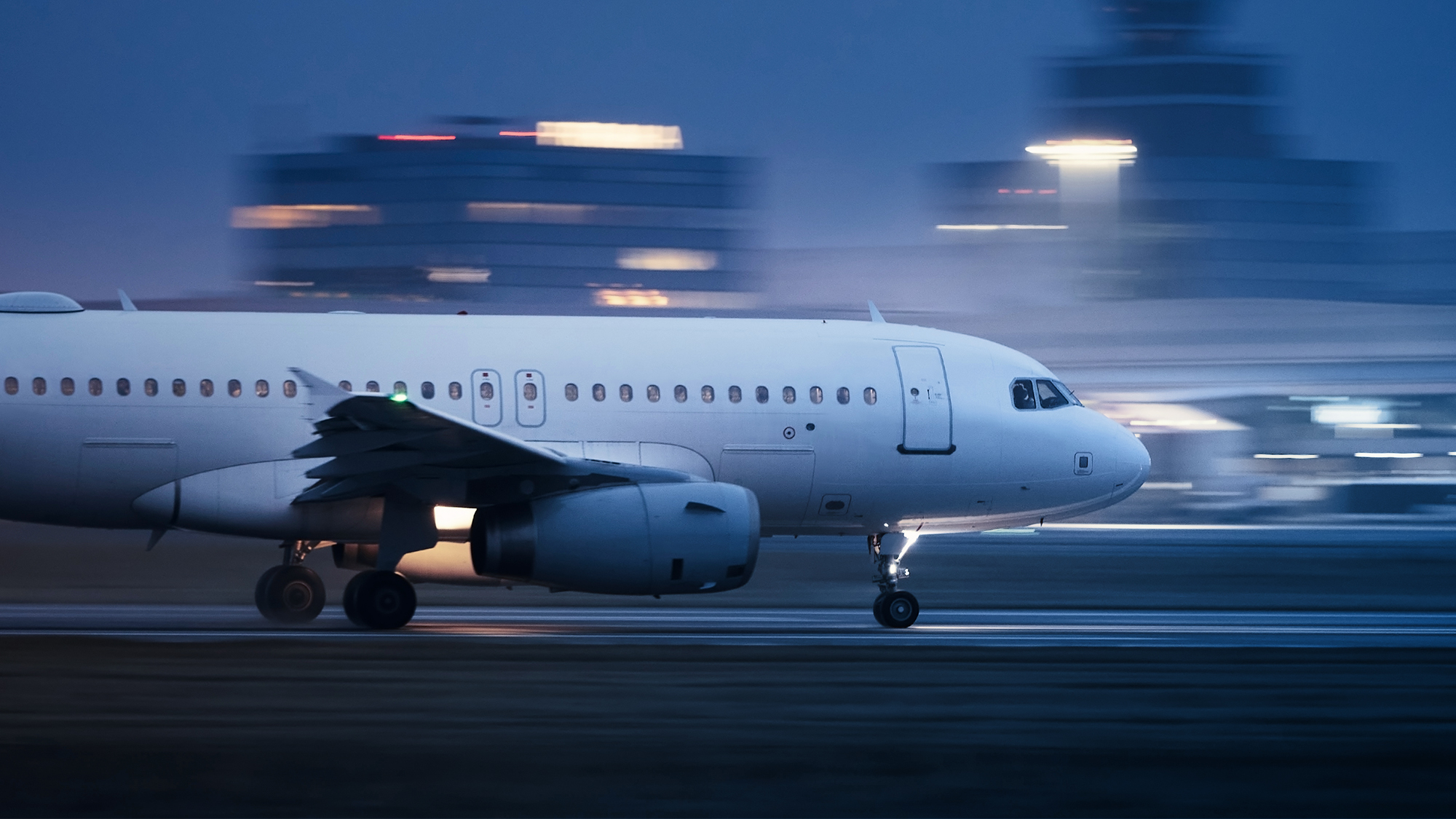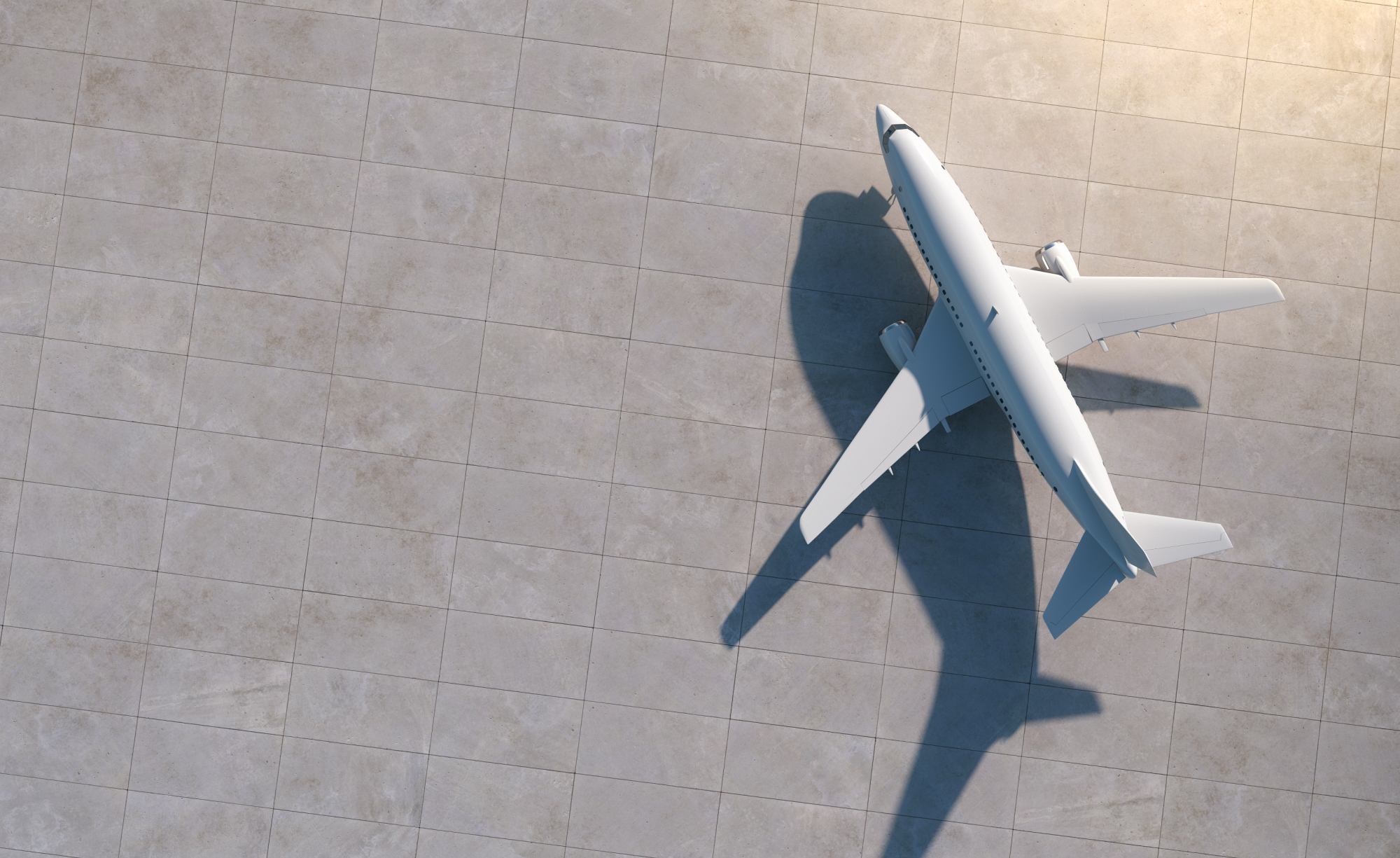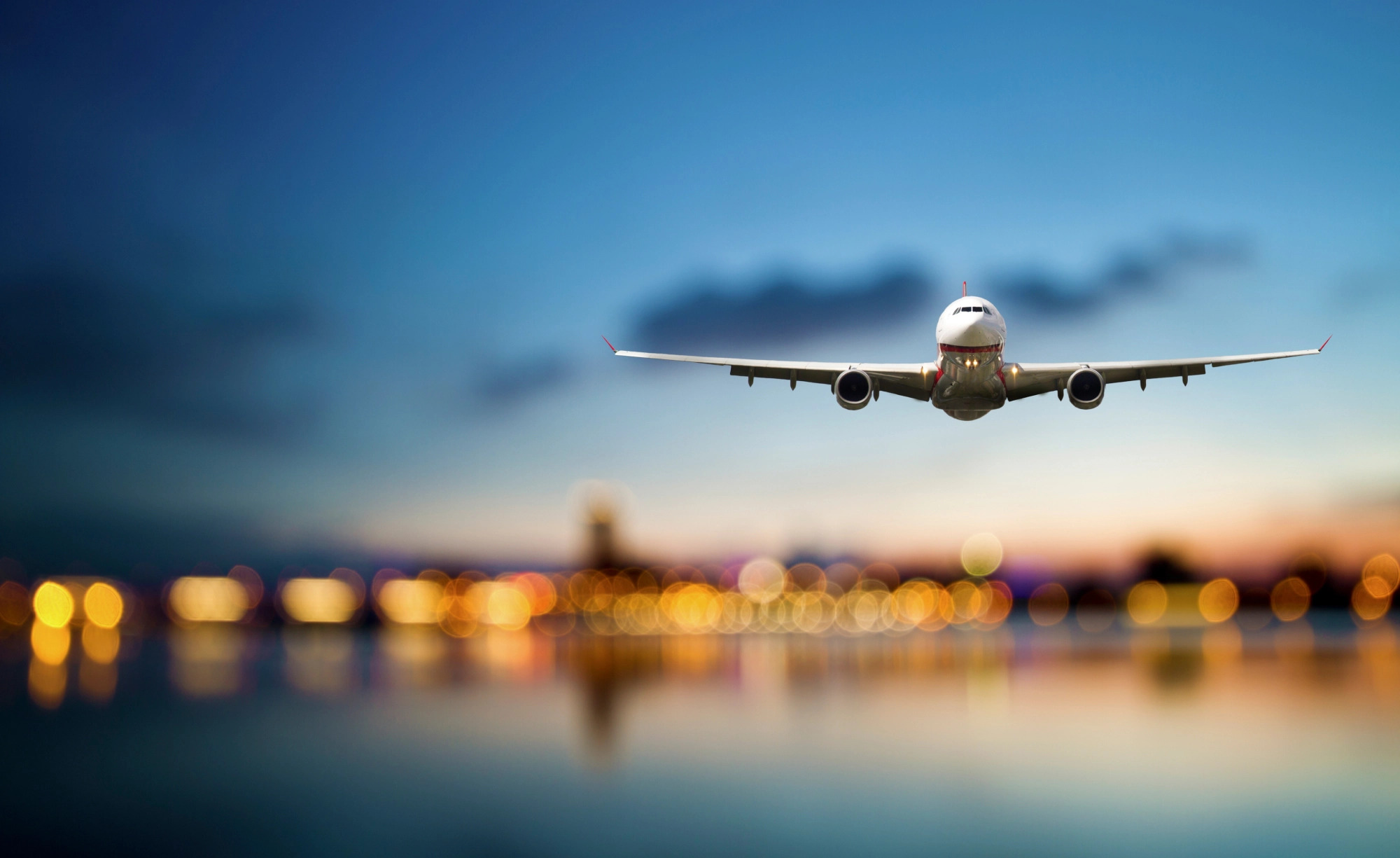Where to next? Answering this question is far easier for travelers than for hotels and airlines. Domestic travel is bouncing back in many regions, and pent-up demand for leisure trips abroad signals good news for the industry’s conceivable future. However, the sector’s largest profit engine, business travel, is a big unknown. It remains to be seen whether businesses and their employees will show a renewed appetite for corporate trips in today’s Zoom-ubiquitous world.
If only airlines and hotels had the luxury of adopting a wait-and-see approach. They don’t.
Here are various ways they’re taking the helm, both to stay afloat and chart their way back to profitability.
Get reacquainted with today’s traveler using the right data and analytics
Since it’s moot to put travelers into separate “leisure” and “business” buckets for the time being, many airlines and hotels have begun taking a more holistic view of their customers. Before the pandemic, if someone who typically stayed at a favorite hotel on business suddenly booked it for a vacation, most likely the hotel’s CRM system wouldn’t recognize the guest’s new objective. Increasingly, however, hotels view all customers as potentially both leisure and business travelers, often within just one stay.
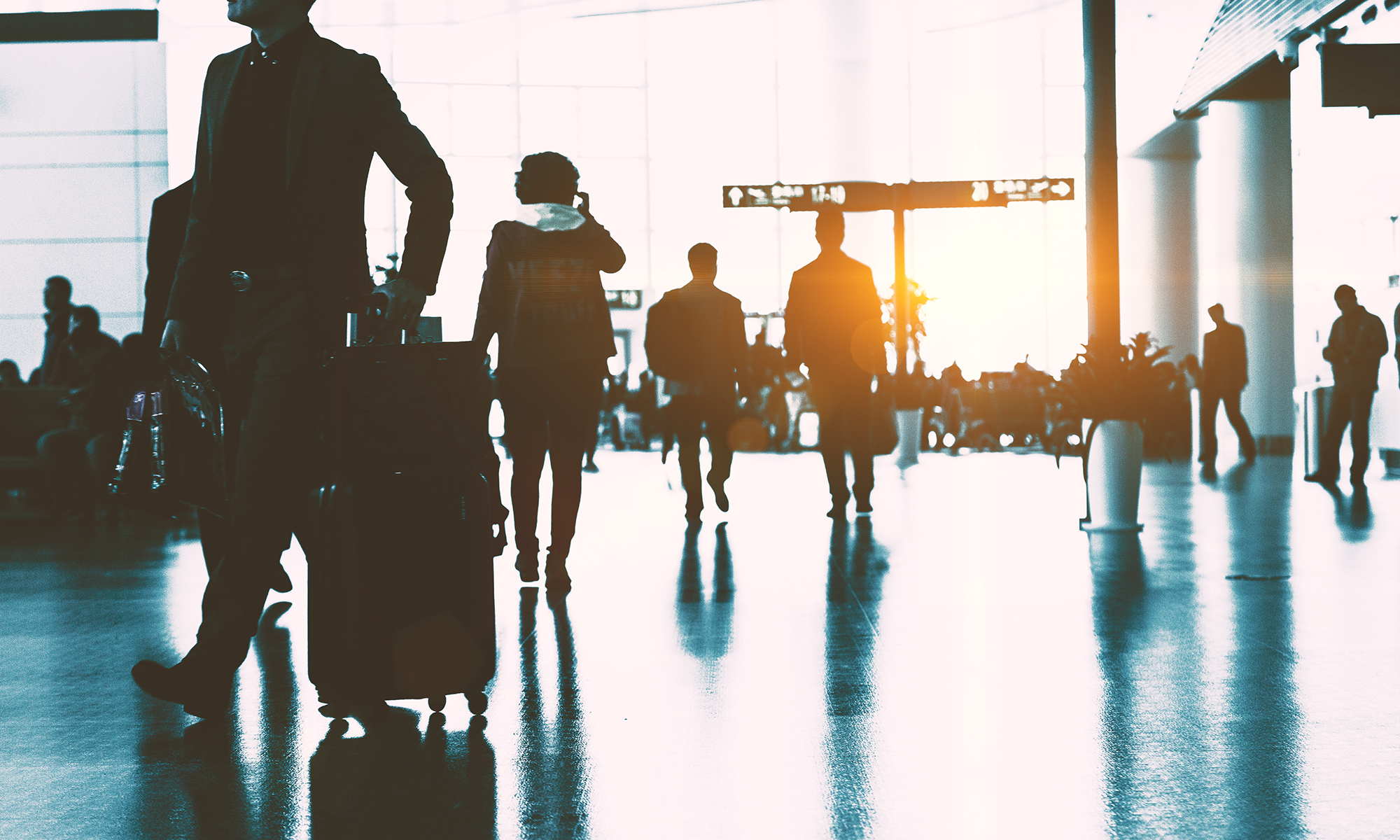
While the mashup of work and vacation was already on the rise pre-pandemic, “bleisure” visits and “workcations” have become more viable with the normalization of remote work. Airlines and hotels will want to capitalize on this. Marriott got a head start last fall with its “Work Anywhere” offer, letting customers extend a one-night booking into a full day at the remote office and providing children’s activities for working parents. Other hotels quickly followed suit. They have a sizable opportunity to lure bleisure travelers with amenities rentals don’t offer, such as onsite entertainment and spa features.
Reimagine functional spaces through design thinking
Now’s the time to rethink conference halls and business class cabins. In major economies like the US, more than 50% of pre-pandemic airline earnings were generated by high-yield business travelers— just 9% of the flying public.[1] Meanwhile, out-of-town business guests have all but vanished as the main source of hotels’ midweek revenue.
With these conditions likely to last a while, current repurposing of business-use areas could be kicked up a notch. Renting rooms as office space at reduced day rates has helped shore up many hotels, but this might prove unsustainable as more workers return to the office. US hotel occupancy rates aren’t projected to bounce back until 2022,[2] and European occupancy looks sluggish through 2024.[3] At 50% occupancy, some hotels might start to break even, but that’s only if they don’t have debt-service costs, and many do.

To help make up for this deficit, hotels and airlines can apply the principles of design thinking, bringing in people from across various disciplines to pose “what if” questions.
For instance, what if hotels could convert their under-booked event halls and meeting rooms into high-volume/high-turnover recreational centers (Covid-safety rules permitting) for leisure travelers and the local community — e.g., by charging visitors to use these venues as VR/AR-enabled laser-tag spaces, saferooms, and other entertainment options that don’t require substantial physical retrofits, with digital technology doing most of the transformative work.
Novel times require novel ideas.
Consolidate customer data sets to see the big picture
Obtaining a 360-degree view of travelers involves looking at more than just business/leisure segmentation. It also means looking beyond loyalty programs and third-party data sets, including data from online travel agencies. Now is a golden opportunity for hotels and airlines to increase their direct engagement with travelers.
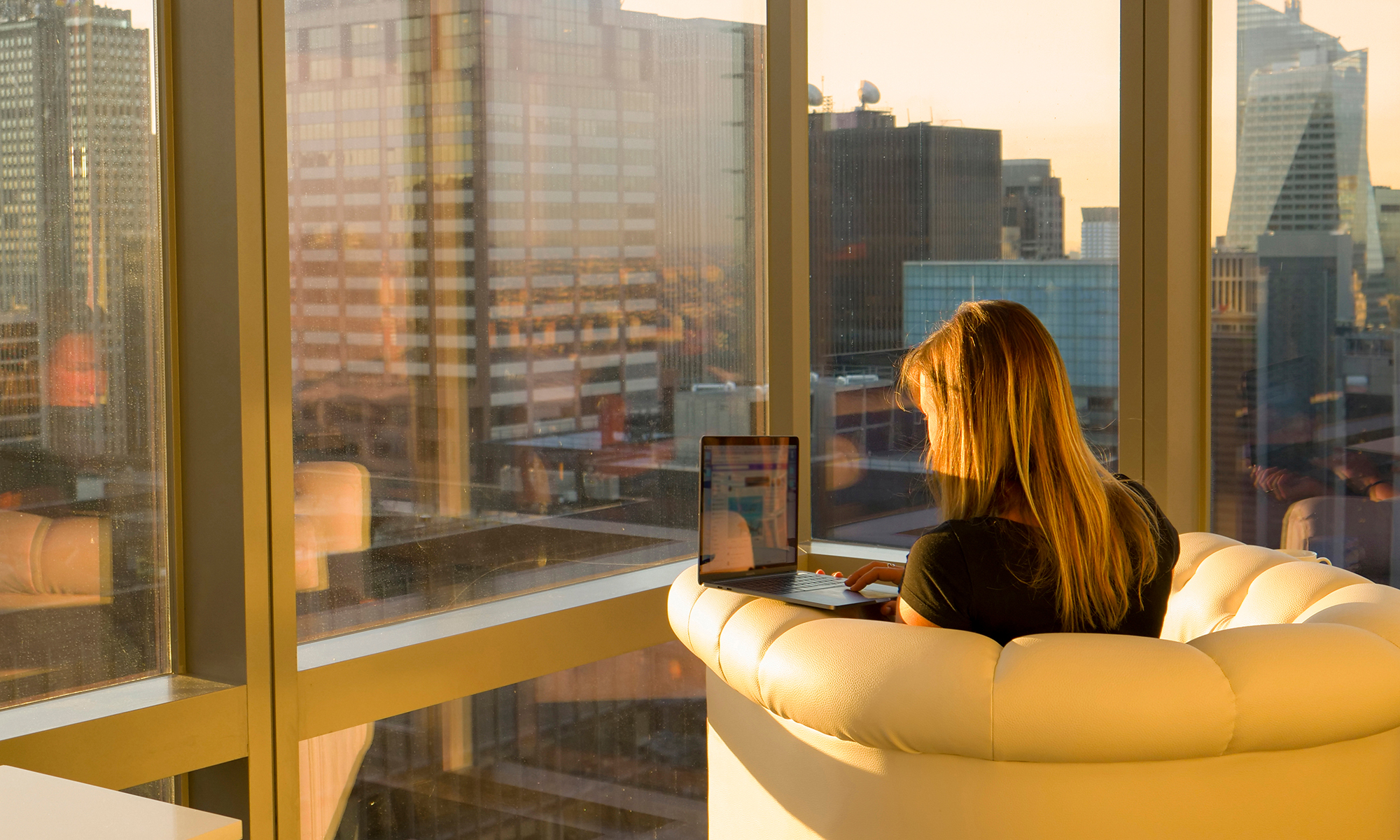
As airlines and hotels alike engage more with end-users, the insights culled from those interactions will ideally reside in one place, rather than in multiple silos. That way new information can be easily tapped and connected with other customer intelligence, seamlessly powering tools such as AI-supported call centers and personalized chat bots, delivering optimal value to customers, in real time. A leading European airline, for instance, consolidated all its separately housed data on customer transactions and interactions into a single, streamlined view. At the same time, the airline integrated its channel solutions for chat, call, social media, email, and web with its CRM solution to enable a consistent omnichannel experience for its customers, shortening average call time by one-third and speeding up call resolution by nearly 20 percent. These improvements positioned the airline well for both the high volume of customer queries at the pandemic’s start and the uptick in summertime domestic bookings.
Maximize AI to perfect personalization
Airline executives say the importance of personalization has risen significantly for their industry since the pandemic started. In part, that’s because a dearth of business travelers is driving an acute need to better monetize leisure customers. Interacting one-on-one with travelers lets hotels and airlines meet those customers where they are, at any point in their journey.
Airlines are particularly well-poised to do this. Since they can track a traveler’s movements from pre-check-in to airport departure and beyond, airlines can present the right offers to specific passengers at just the right time and place. This ranges well beyond the habitual cross-selling of rental cars and vacation packages to include, say, digital offers for inflight meals at the airport shortly before departure.
A better ability to know and track customers is also critical to personalized dynamic/continuous pricing for hotel rooms and plane seats. Roughly half of airlines, however, lack adequate data for such pricing. They’ll need to rely on the right machine learning algorithms to predict which offers to make to whom and when, based on a wide range of variables. A handful of airlines such as Lufthansa and Air France have recently taken the leap, launching continuous pricing on a small scale.[4] These early adopters have a leg up on their competitors as they fine-tune the underlying AI and big data between now and when airline travel fully rebounds.
Scale pandemic innovations for an evolving future
Pandemic-accelerated innovations like touchless hotel check-in and biometric airport screening are here to stay. Travelers expect them and not just for their convenience. The possibility of waning vaccine effectiveness and more Covid-19 variants will make health a priority for travelers in the long term. Low/no-contact options will take on newly heightened appeal. Technological solutions like robotic butlers and concierges, such as those that Starwood and Hilton selectively introduced well before the pandemic, are worth bringing to scale now.
These innovations, along with the other approaches discussed here, will help you meet your customers’ expectations well before their next check-in — whether they’re on vacation, a business trip, or both. Here’s what you should do along the way:
- Determine whether you have the right data and analytics capabilities to keep relearning your customers in real time as they continually evolve in today’s highly fluid circumstances
- Apply design thinking to reconceptualize functional spaces and customer experience, drawing on diverse disciplines ranging from ergonomics to game design
- Corral your data so that you see all your customer, not just pieces of that individual, letting you engage with each person more fully and seamlessly
- Maximize AI to anticipate and appropriately cater to your customers’ needs on every step of their journey, making your personalization efforts feel not only timely, but also genuine and welcomed
- Convert provisional low-touch/high-safety features into permanent upgrades, tweaking the underlying technology to reflect lessons learned during the pandemic
- Choose trusted partners, ones with deep expertise not only in their areas of specialization, but also in your industry
Want to know more? We’d love to talk.
[1]Airline Economic Analysis 2020-2021, Oliver Wyman, 2021
[2]State of the Hotel Industry 2021, AHLA, January 2021
Maximize CX While Protecting Profits

Hemal is passionate about helping the Travel and Hospitality industry solve business challenges through technology-led Innovation.


